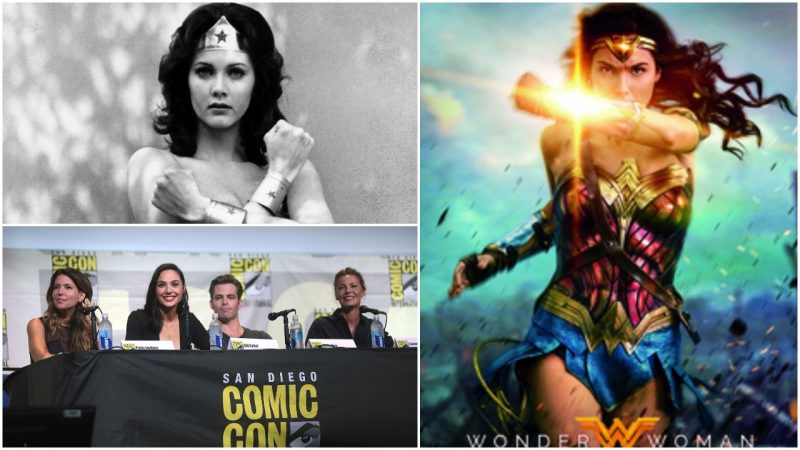When she made her debut in the eighth issue of All Star Comics in October 1941, Wonder Woman, together with Superman and Batman (introduced in 1938 and 1939 respectively), changed the world of comic books forever.
Today, she is the most famous female superhero, but her impact and cultural importance as a character go way beyond that of comics.
The recent release of the film Wonder Woman is a testament to that. Maybe her success is linked to good timing, or maybe the age of the female hero has come. She is a hero who is void of any kind of cynicism and gray principles. Wonder Woman hides nothing about herself, and she is a reminder of the values that we should carry as human beings.
Wonder Woman infiltrated pop culture, with many incarnations of her character in TV shows and animation, years ago. She has become a symbol of female empowerment, an inspiring figure of unconditional love and heroism, as well as a feminist icon. For many, she is an ideal role model, a strong, feminine woman who fights for what she believes in.
What’s more, with Wonder Woman currently in cinemas and getting rave reviews from critics and fans alike, we are certain that her fanbase will continue to grow and influence an entirely new generation of young women and men.
However, Wonder Woman’s road to glory hasn’t always been this easy. What she represented has also drawn controversy and criticism, especially in the 1940s and 1950s, when comic books were under public scrutiny.
The man responsible for creating the character of Wonder Woman is William Moulton Marston, who was a prominent consulting psychologist and a crucial figure in the development of the polygraph. After Marston gave an interview to Family Circle magazine in 1940, in which he discussed the potential of the comic-book medium and what was missing from them, he caught the attention of Max Gaines, the publisher and founder of All-American Publications.
At the time, comic periodicals sold like crazy, but their existence was also in jeopardy. Parents worried about content and complained that the explicit, overt violence had a negative effect on their kids. Towns had already begun boycotting them, and in some places, they were even publicly burned.
Max Gaines felt he needed to do something, and he hired Marston as a consultant. The psychologist played with the idea of inventing a new kind of superhero, one who would serve as a response to the masculinity rife in the comics at the time. Following a suggestion from his wife, Elizabeth, he decided on a female superhero.
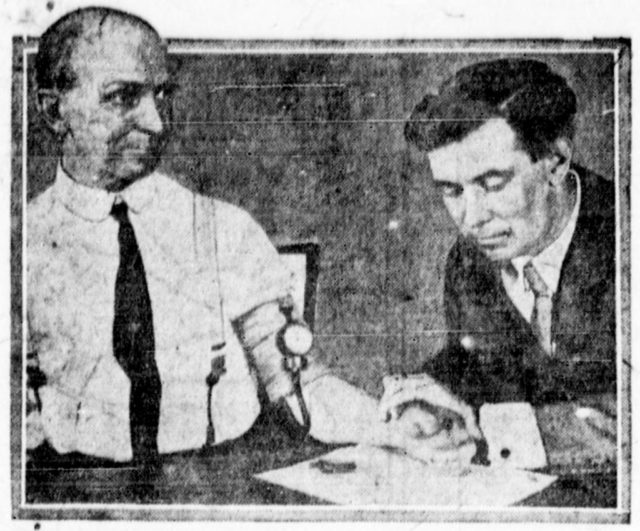
Marston strongly believed that it was the time of the liberated, unconventional woman. This new superhero should be the one to set the standard in comics, for a strong, free, courageous womanhood, to inspire young people.
That is how the mighty Amazon was born. She was conceived of as a symbol for a society of greater freedom and equality for women. As Marston put it, “Wonder Woman is psychological propaganda for the new type of woman who should, I believe, rule the world.”
The overall look of the character was inspired by the early birth control pioneer Margaret Sanger, a family friend, and Marston’s lover, Olivia Byrne, who lived with the doctor and his wife. As the U.S. was readying itself to enter World War II, her character was considered a great asset for the motivation of the troops. After all, she represented an ideal woman, sculpted from clay and given life by Aphrodite, possessing the power of the gods. Wonder Woman was designed to fight for truth, justice, and the American way, battling the Nazis while keeping her uncompromising virtues of peace and love.
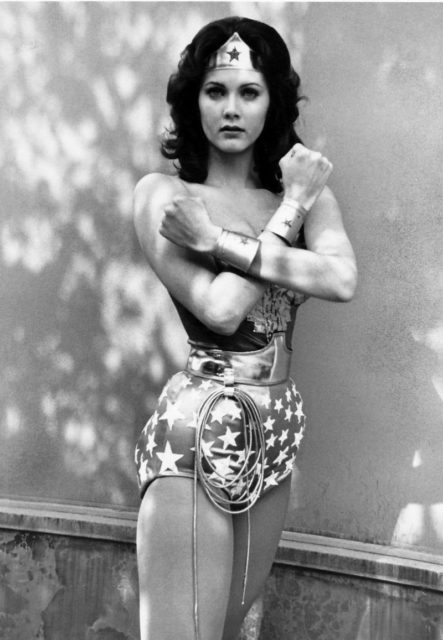
However, after the war, interest in superheroes started to wane, and many titles were either canceled or converted to other genres. The Cold War set new ground rules for comics and for many readers, that time was considered the dark ages for comics.
Many characters were watered down, bordering on camp and self-parody. This was made even worse with the publication of the book Seduction of the Innocent, by Fredric Wertham, in 1954. The book preached that comic books corrupted the young and were the reason for the rising numbers in juvenile delinquency. Wonder Woman found herself at the center of attention once again, this time as an over-sexualized character and in some cases carrying Communist values.
Her character needed a re-launch, and with the start of the 1960s, she acquired her alter ego identity, Diana Prince, which formed her modern image and the superhero that we all now know today. The splitting of her personality into two gave her a more humanist dimension. She became Diana and Wonder Woman at the same time; two sides of the same coin, a woman and a goddess fighting for the same cause on the opposite sides of the spectrum.
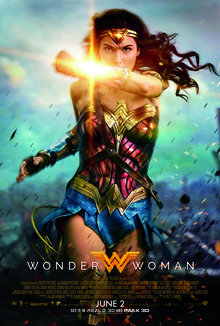
After all these years, Wonder Woman’s legacy remains intact. She has overcome any obstacle that came her way with grace and determination. A hero and a muse, she does what heroes do best, creating equilibrium between what we are and what we aspire to be.
Directed by Patty Jenkins, Wonder Woman managed to accumulate over $100 million domestically, and around $220 million worldwide, in its first weekend; it currently stands strong at the top of the box office.
Where the film has succeeded the most, however, is in debunking a tired, old unwritten theory. Namely, that no woman can carry a big tent-pole, summer blockbuster by herself. Wonder Woman has done that in spades and with style. It will go down in film history as the first big film headed by a female comic book hero and directed by a female director.
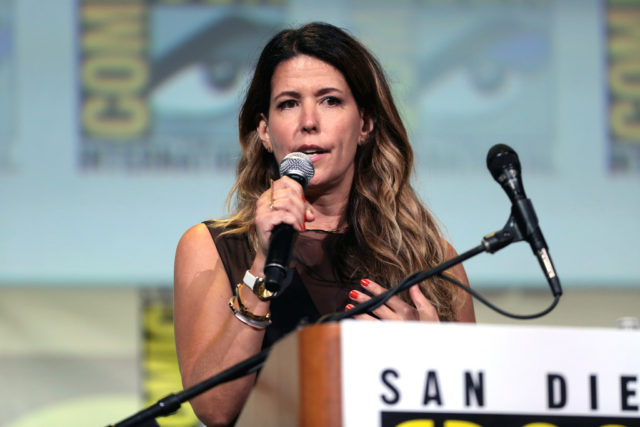
Jenkins has made an exceptional and gorgeous looking movie, filled with a sense of adventure and joy. Her love for the character is evident in every frame, but for the success of the film, an equal share of praise should be given to the lead star of the movie, Gal Gadot, who played the role with outright conviction and skill. This talented actress, who is truly convincing as Wonder Woman, once won Miss World and also served in the Israeli Army, so in many ways, she is perfectly suited for the role.
Wonder Woman is a movie for all ages and genders, and this was Jenkins’s intention. It reestablishes the Wonder Woman mythos, her origins, and how she became a hero. The contrast between the island of Themyscira, her birthplace, and the grim reality of World War I provides a great transition for the character, giving her more depth and vulnerability.
Patty Jenkins states that this is not just a movie about female empowerment but about what it means to be an inspired human and to show compassion in the most brutal of circumstances. On her journey, Diana learns how complicated human beings are and that no matter how strong you are, love is the greatest weapon of all.
In a recent interview for Fandango, Patty Jenkins talks about how she fought to keep the No Man’s Land sequence. In it, Jenkins directly shows how Diana becomes Wonder Woman, liberating a whole town from occupation, and making it an awe-inspiring sequence for viewers.
Which leaves us with the interesting question: what is next for Wonder Woman?
